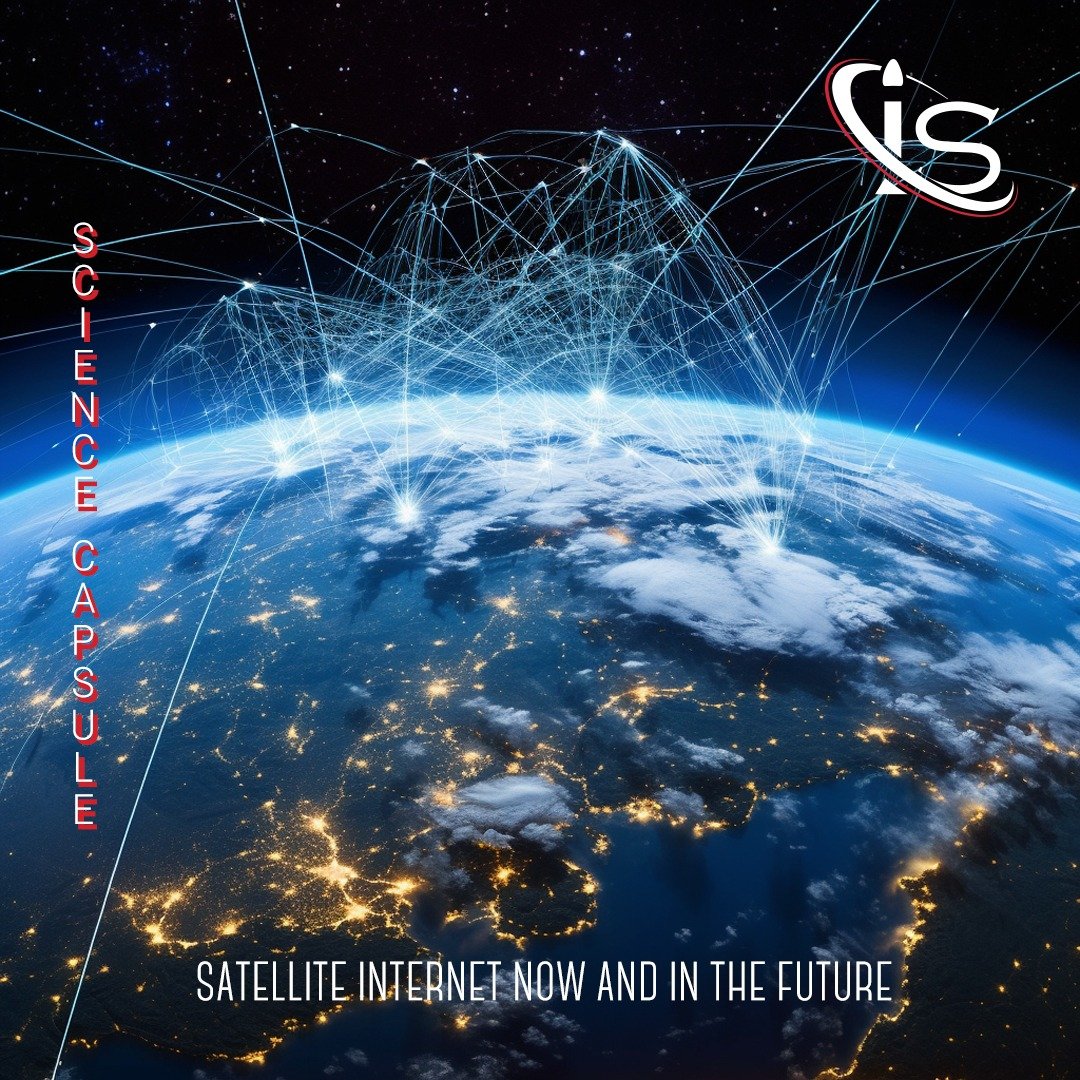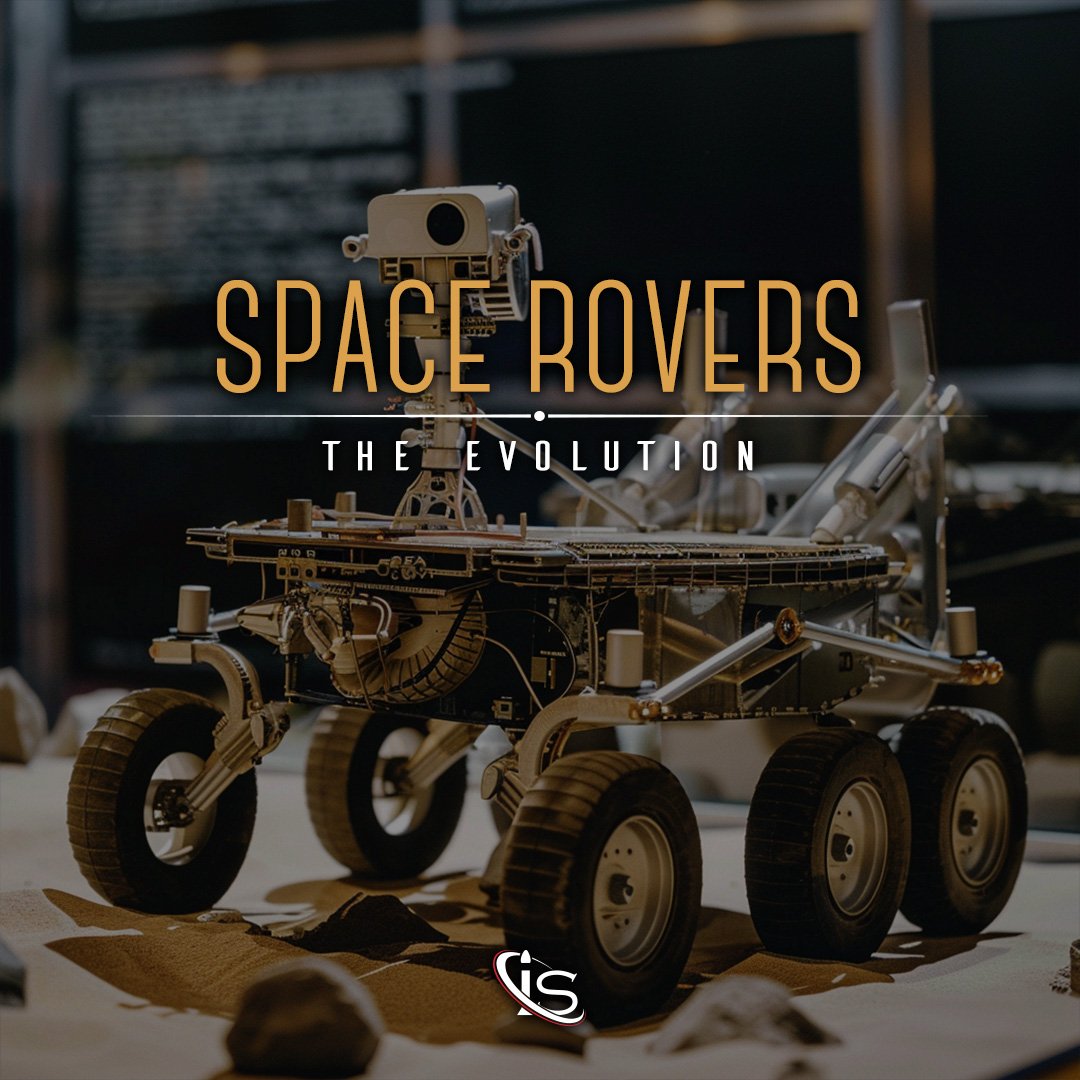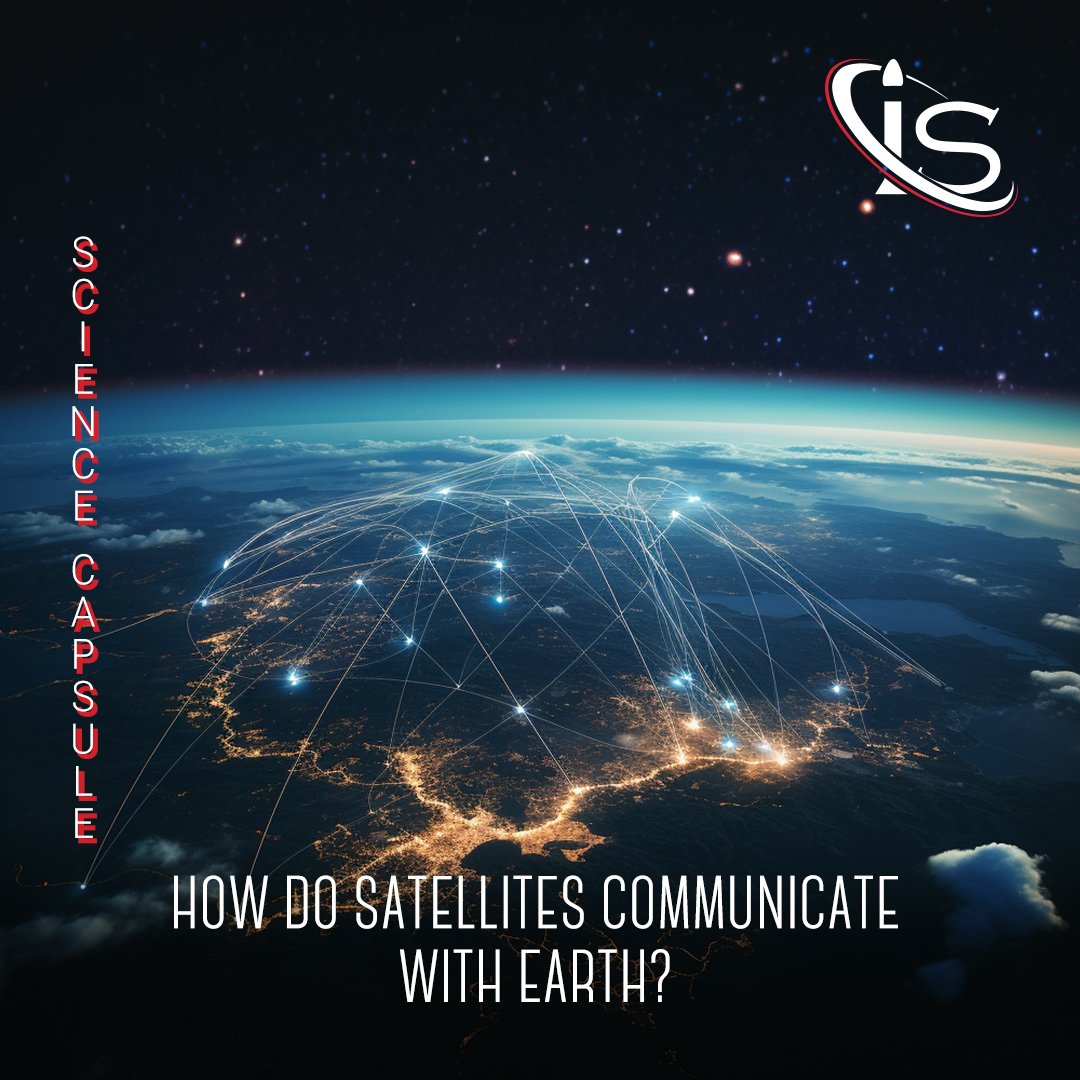There are many different space programs out there. And while it is easy to focus on the countries with the biggest aerospace industry, with the US being chief among them, spotlighting some of the work done by other nations can provide a more complete picture. Since Impulso was founded in the one and only Italy, today seems like a good opportunity to take a look at the Italian space ecosystem. What companies are at the forefront of the industry? And what programs do they have? Join us to find out.

Argotec
Let’s start off in alphabetical order with Argotec. This company is one of the most successful in the industry, dealing in satellite manufacturing, space services, and even human spaceflight. With many successful missions under its belt, Argotec is helping usher in a new era of space travel.
Some of the satellites they have developed include LICIACube, which was part of the DART mission. Argotec’s satellite was able to capture over 600 pictures of the impact between the asteroid Dimorphos and DART. Another impressive satellite developed by the Italian company is ArgoMoon. Flying aboard NASA’s first Artemis mission, ArgoMoon was the only European payload on the SLS. Not only that, it was also among the satellites that were able to establish communications with Earth after being released from the second stage.
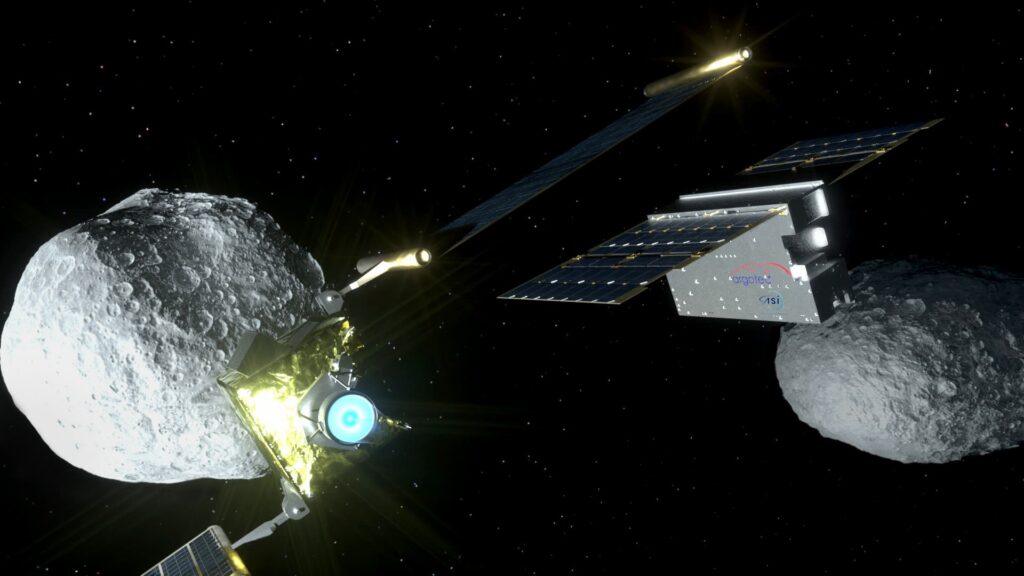
Moving away from individual satellites, Argotec also has its HEO constellation. Standing for Hawk for Earth Observation, this is the current largest European mega constellation for Earth observation and is part of the IRIDE program.
Future Missions and Human Spaceflight
And the company’s impact on the industry does not end here. Argotec already has two revolutionary missions in the works. The first involves a new satellite, HENON, which will be deployed in a Distant Retrograde Orbit (DRO) in the Sun-Earth system, a trajectory never before used. This will allow it to gain unique insights into Space Weather that we have not gathered before. Another mission in the works is the LUMIO one, which will be centered around the Moon. Specifically, it aims to observe the flashes caused by meteoroid impacts on the far side of Earth’s satellite.
And like we said before, Argotec even contributes to human spaceflight. Not only does it support the development and operation of ISS-bound payloads, it is also involved in the implementation of crewed missions at the European Astronaut Center. And, perhaps most exciting of all for us Italians, Argotec worked with Lavazza to produce ISSpresso, the first coffee machine on the ISS.
AVIO
Next up on our docket, we have AVIO, one of the world’s leaders in space propulsion. The prime contractor for the (now retired) Vega rocket and its successor, Vega C, Avio has been at the forefront of the industry since its inception in 1912. And speaking of Vega, Avio is also the prime contractor of their upcoming new generation launcher, Vega Evolution (Vega E).
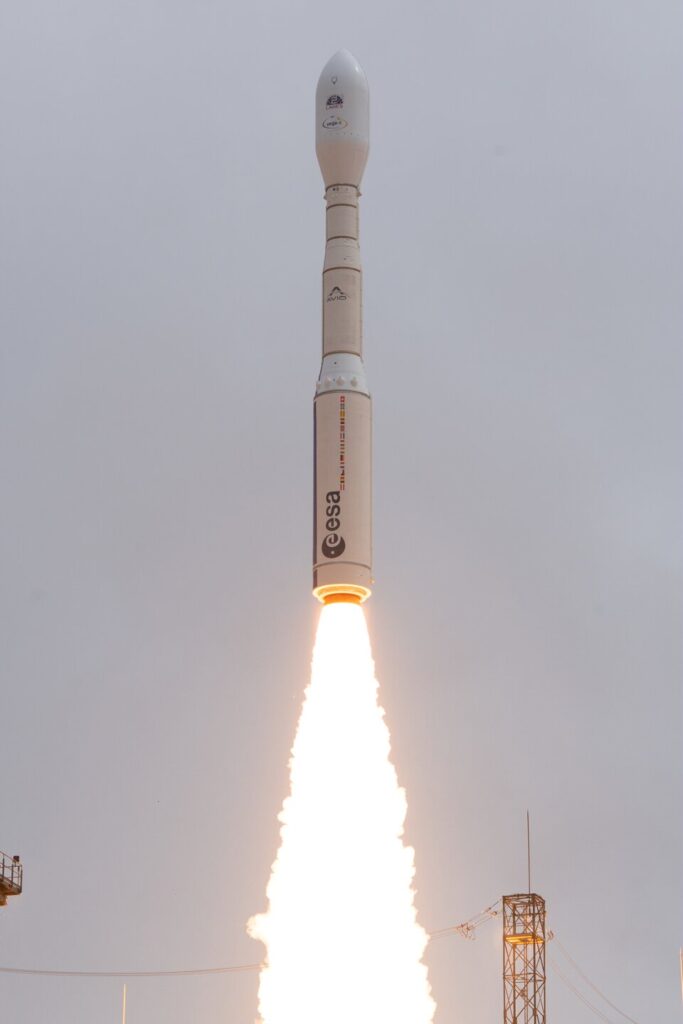
As part of the Vega rocket design, Avio produces payload adapters. There are three adapters offered by the company, each with a different function. The first is the SSMS, which is used to deploy multiple satellites. Then there is the Vampire, which enables the deployment of a main payload and multiple smaller ones. Finally, there’s the Vespa C, which provides medium size payloads with dual launch capability.
Avio is also a subcontractor for various rocket motors. These include many of the Zefiro engines, such as Zefiro 23, 40, and 9, as well as the P80 and P120C ones.
D-Orbit
Moving on to the next company, we have D-Orbit. Their main focus lies in the space tug, also known as OTVs, industry. One such product is the ION Satellite Carrier, which is a 64U satellite dispenser capable of hosting any number of CubeSats that fit the volume. This allows an easier and smoother path for a satellite to get to their desired destination from the parking orbit, as D-Orbit’s OTV will take care of moving them there. Additionally, the ION Satellite Carrier can be equipped with launch dispensers, instruments like lenses and antennae, and microsatellites. ION Satellite Carrier’s first mission was in September 2020, when it successfully deployed 12 SuperDove Satellites.

D-Orbit also offers other products, such as mission control software, individual components to aid satellites in their travels, and in-orbit servicing. Starting with mission control, D-Orbit can provide clients with the Aurora app. This will provide telemetry, telecommands, command line controls and more for the satellites in question. As for the individual components that D-Orbit can offer, they range from various modules that can help track a satellite’s position, orbit and attitude to parts that can be added directly to a satellite to help it de-orbit once it’s completed its mission. Finally, for the in-orbit servicing, D-Orbit can help with many procedures, from refurbishment, to assembly, to recycling, and more.
Leonardo, Telespazio and Thales Alenia Space
Moving on, we have one of the largest defense contractors in the world, Leonardo. Founded in 1948 as the Società Finanziaria Meccanica, or Finmeccanica, the company would be at the center of the Italian aerospace industry from its inception. Then, on January 1st, 2017, it changed its name to Leonardo as part of a rebranding initiative.
Now, with the company being as large as it is, its work is not only in the space sector. However, that is where we will focus our attention for today, given the topic of the capsule. And to do so, we have to introduce two other companies, Telespazio and Thales Alenia Space. Both are born from a venture of Leonardo and the French company Thales. Where they differ is in how involved the parent companies are in each. For Telespazio the split is 67% Leonardo-33% Thales, whereas Thales Alenia Space has the exact opposite proportions.
As for what each company does, Telespazio focuses on designing and developing space systems, Earth observation satellites, and launch services management. They have also recently been chosen by ESA to lead a consortium of European companies for the implementation of the first phase of the Moonlight program. This will consist in the development of a constellation of satellites that will provide communication services for the future lunar missions.

Thales Alenia Space, on the other hand, focuses on the design and implementation of space systems that cover all areas of the industry, from defense to Earth observation, meteorology, and more. They are also one of the companies working on the IRIDE Earth observation constellation, much like Argotec. Furthermore, they have a contract with ESA to develop the ESPRIT communications and refueling model that will be used for NASA’s future Lunar Gateway.
ASI
Before ending, I would be remiss to not include the Italian government agency in charge of the industry, ASI (Agenzia Spaziale Italiana). While there are many programs and missions that ASI is involved in — including some of the ones mentioned today — mentioning them would not truly get its role across. Although suffice it to say that ASI has taken part in many important space missions, such as Cassini-Huygens, Rosetta, and DART. However, its role in the Italian space ecosystem goes beyond any single program. In fact, ASI is responsible for drafting the National Aerospace Plan and ensuring that it is seen through to completion. And outside of Italy, ASI, is the country’s delegate to the Council of the ESA. So, while it has and continues to participate in various space missions, the agency’s role extends well beyond that.
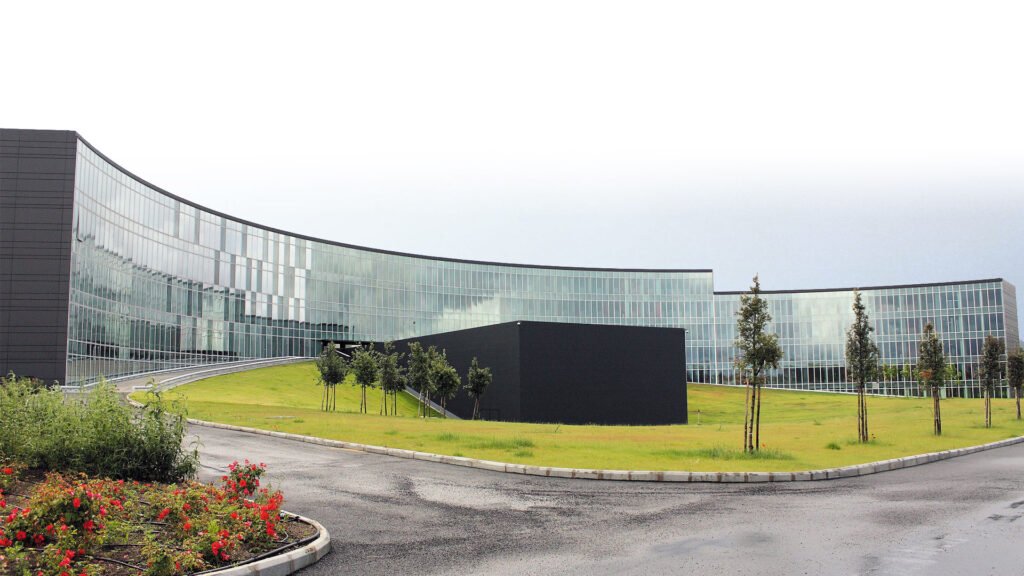
The Italian New Space Sector
Italy is also in the process of investing a lot of money into the space industry. In fact, it has allocated €7.3 billion to be invested in its space programs through 2026. Furthermore, new regulations have been set in place to help foster a healthy industry. These include mandates that both national and foreign operators must obtain proper authorization to conduct space programs in Italy, as well as needing an insurance coverage of up to €100 million for each individual space incident. But now that we have gone over some of the legislature, let’s discuss a bit the up and coming companies in the Italian space sector.
Arca Dynamics
Going in alphabetical order again, we can start off with Arca Dynamics. Founded in 2016, this company’s focus is on how to manage space traffic in the New Space sector. As more and more satellites are being launched, the need to organize and clean orbits is greater than ever. That’s where companies like Arca Dynamics come into play. With the goal of increasing space safety and security, Arca uses its proprietary operated constellation to provide space-based on-board processing and tracking to its clients, thus enabling them to better manage their satellites once they’re in orbit.
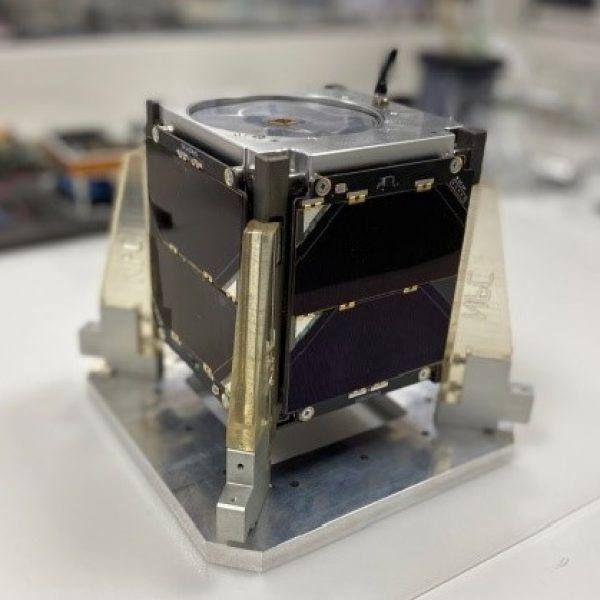
Leaf Space
Founded in 2014, Leaf Space has since grown to be at the forefront of the Ground Segment as a Service (GSaaS) providers. They currently operate 26 ground stations and have supported over 55 satellites in 2023 alone. Their ground segment, Leaf Line, provides connectivity and management to satellites. With a simple on-boarding process, Leaf Space is ready to help clients remain connected to their payloads throughout their mission.
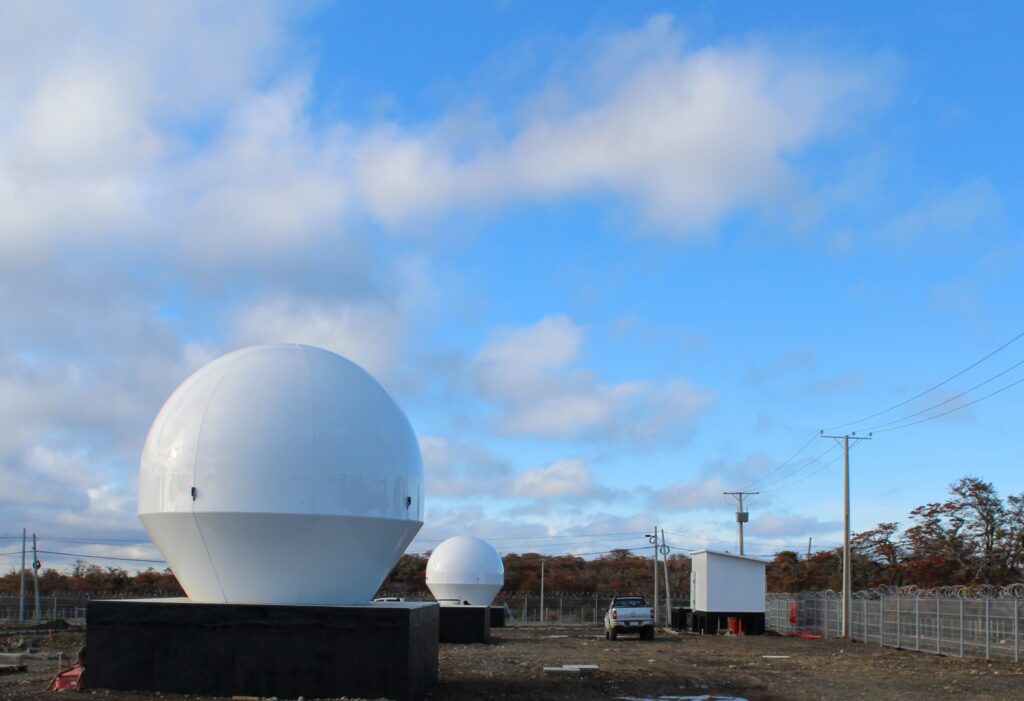
Impulso.space and Its Role
While it feels slightly strange to dedicate a section just to our company in an article written by us on our website, this is a great opportunity to provide a brief summary of what we do. Impulso’s goal is to help satellites reach space by being the one stop solution needed to get a satellite from its manufacturer to its desired orbit. From shipping to procuring insurance and booking launch capacity, we are able to take care of every facet surrounding a launch. Thanks to our new state-of-the-art facility, located close to Cape Canaveral, we can also offer clients the chance to benefit from dedicated time and space for their payload processing activities, with our team of experts being able to help every step of the way.
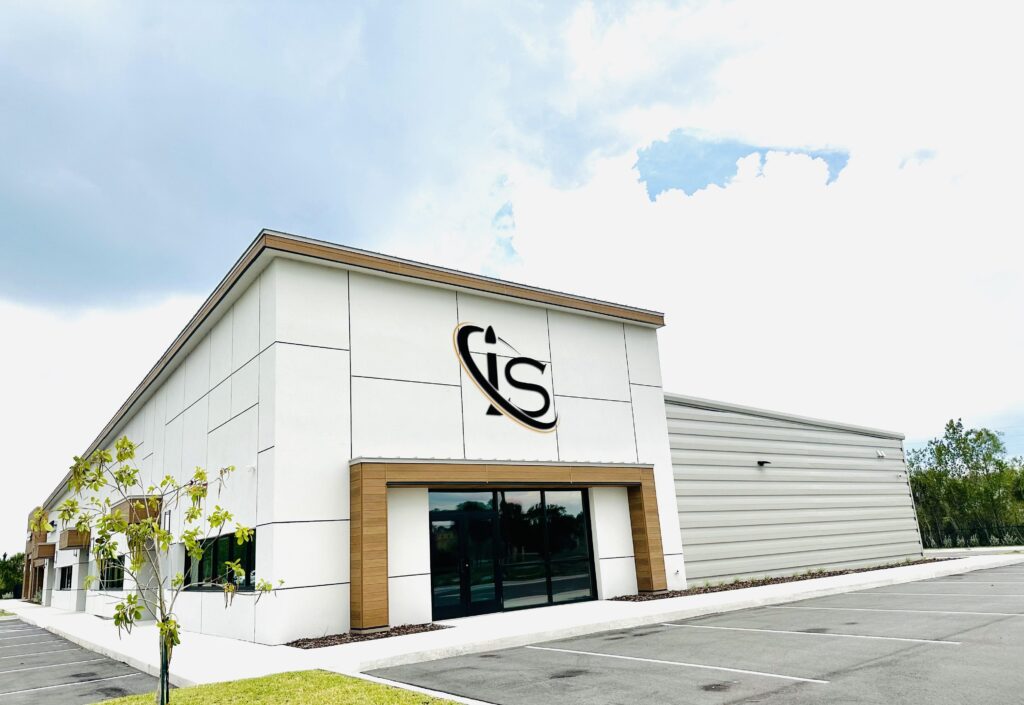
Started in 2019, impulso.space has grown tremendously over the past 5 years. Since our first mission on January 24th, 2021, our company has successfully completed 11 more, with our most recent one being the Transporter-11 rideshare mission this August. We have many more already booked and cannot wait to see what the future holds. Hopefully, you will all be following and participating along with us.
And now, we really have come to the end of our capsule. Hopefully, you have enjoyed learning more about the Italian space ecosystem. Were you surprised by any of the programs we discussed today? Did you already know about the Italian space industry and its potential? And are there other companies you would have liked us to talk about? Let us know in the chatbox. See you all for the next capsule, right here at impulso.space.


